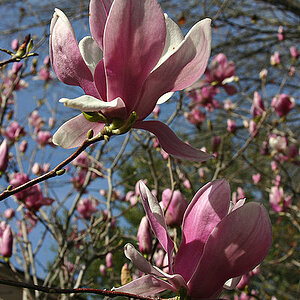Actinia
No longer a newbie, moving up!
- Joined
- Aug 2, 2014
- Messages
- 203
- Reaction score
- 46
- Location
- Essex, UK
- Can others edit my Photos
- Photos OK to edit
I have never been convinced that pictures of waterfalls should be taken over a long exposure to blur the water.
Last month I went on the famous waterfall walk at Ingleton in Yorkshire (UK) which has a series of falls. I did not take paraphernalia such as a tripod or even an ND filter; the walk was arduous enough without these. I took several pairs of shots of individual waterfalls, one with a short an exposure as I could manage, and another with one as long as I could manage hand-held.
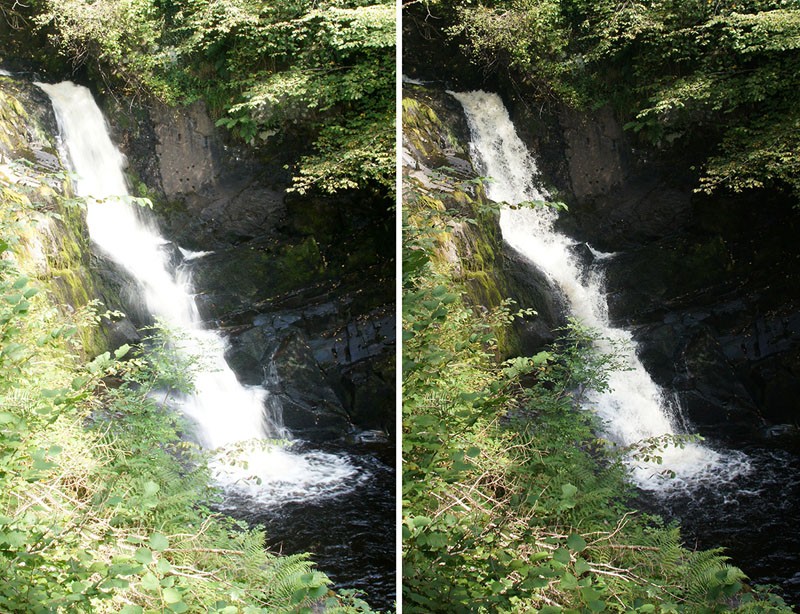
These are not at all my best pics (or even particularly good ones), just the pair with the biggest difference in exposure time. The first was 1/15th at f/22, and the second was 1/250 at f/10, both with ISO of 800. These are more-or-less as they came from the camera with no post-processing other than cropping and resizing.
Just looking at the water, I much prefer the second which, I feel, shows the activity of the water much more than the first. Does anyone else share my opinion?
Last month I went on the famous waterfall walk at Ingleton in Yorkshire (UK) which has a series of falls. I did not take paraphernalia such as a tripod or even an ND filter; the walk was arduous enough without these. I took several pairs of shots of individual waterfalls, one with a short an exposure as I could manage, and another with one as long as I could manage hand-held.

These are not at all my best pics (or even particularly good ones), just the pair with the biggest difference in exposure time. The first was 1/15th at f/22, and the second was 1/250 at f/10, both with ISO of 800. These are more-or-less as they came from the camera with no post-processing other than cropping and resizing.
Just looking at the water, I much prefer the second which, I feel, shows the activity of the water much more than the first. Does anyone else share my opinion?
Last edited:


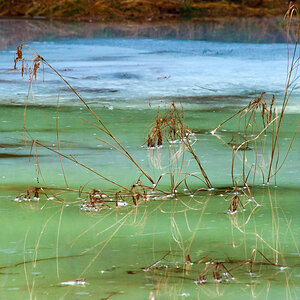
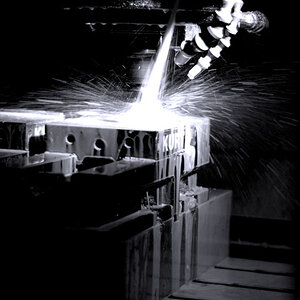
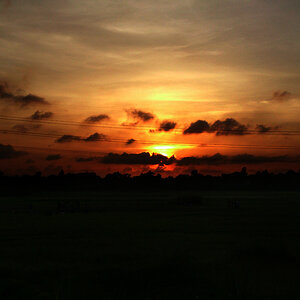
![[No title]](/data/xfmg/thumbnail/35/35262-02f8eba4a2a92dbae0b55547bba80b4f.jpg?1619736968)


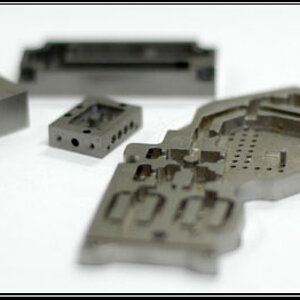

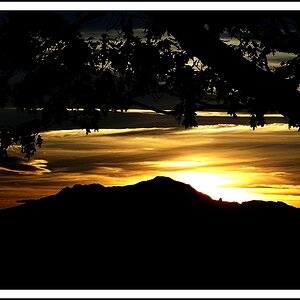
![[No title]](/data/xfmg/thumbnail/35/35265-c9ea3efd2c618a57ea136e63ad106880.jpg?1619736970)
